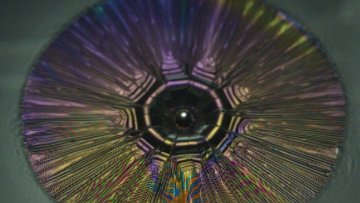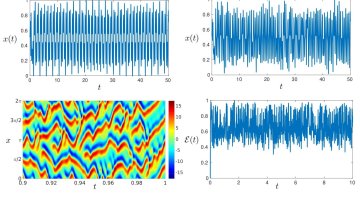16:00
The local-to-global property for Morse quasi-geodesics
Abstract
An important property of Gromov hyperbolic spaces is the fact that every path for which all sufficiently long subpaths are quasi-geodesics is itself a quasi-geodesic. Gromov showed that this property is actually a characterization of hyperbolic spaces. In this talk, we will consider a weakened version of this local-to-global behaviour, called the Morse local-to-global property. The class of spaces that satisfy the Morse local-to-global property include several examples of interest, such as CAT(0) spaces, Mapping Class Groups, fundamental groups of closed 3-manifolds and more. The leverage offered by knowing that a space satisfies this property allows us to import several results and techniques from the theory of hyperbolic groups. In particular, we obtain results relating to stable subgroups, normal subgroups and algorithmic properties.



